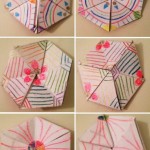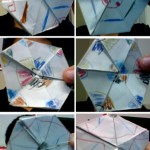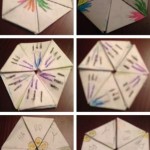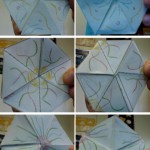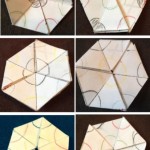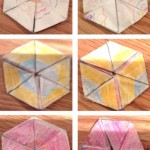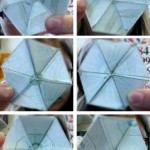Recreational Mathematics
Posted by Lisa HaseltinePuzzle enthusiasts around the world remembered Martin Gardner (October 21, 1914 – May 22, 2010) last week with Celebrations of the Mind. Gardner pioneered the field of recreational mathematics with his column Mathematical Games in Scientific American for a quarter century, starting in the 1950s. Last week Mrs. Haseltine’s math students explored a few of the numerous subjects Gardner introduced to mainstream audiences over the years.
Fifth graders learned the algorithm for constructing odd order magic squares and enthusiastically constructed 9×9 and 11×11 magic squares. Here is one of the puzzles the seventh and eighth graders solved:
Consider a perpetual calendar with two number blocks. The day is indicated simply by arranging two cubes so that their front faces gave 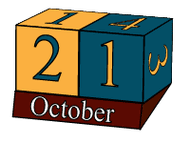 the date. The face of each cube has a single digit, 0 through 9, and one can arrange the cubes so that their front faces indicated any date from 01, 02, 03 … to 31. On the left cube of the calendar shown on the right you can see two faces whose digits are 1 and 2. On the right cube you can see three faces, whose digits are 1, 3 and 4. What are the four digits that cannot not be seen on the left cube and the three that cannot be seen on the right cube?
the date. The face of each cube has a single digit, 0 through 9, and one can arrange the cubes so that their front faces indicated any date from 01, 02, 03 … to 31. On the left cube of the calendar shown on the right you can see two faces whose digits are 1 and 2. On the right cube you can see three faces, whose digits are 1, 3 and 4. What are the four digits that cannot not be seen on the left cube and the three that cannot be seen on the right cube?
Sixth graders carefully folded strips of 19 equilateral triangles to create hexahexaflexagons, which can be folded to display six different faces.
← ¡Preguntas, preguntas, preguntas! Google Doodles →













